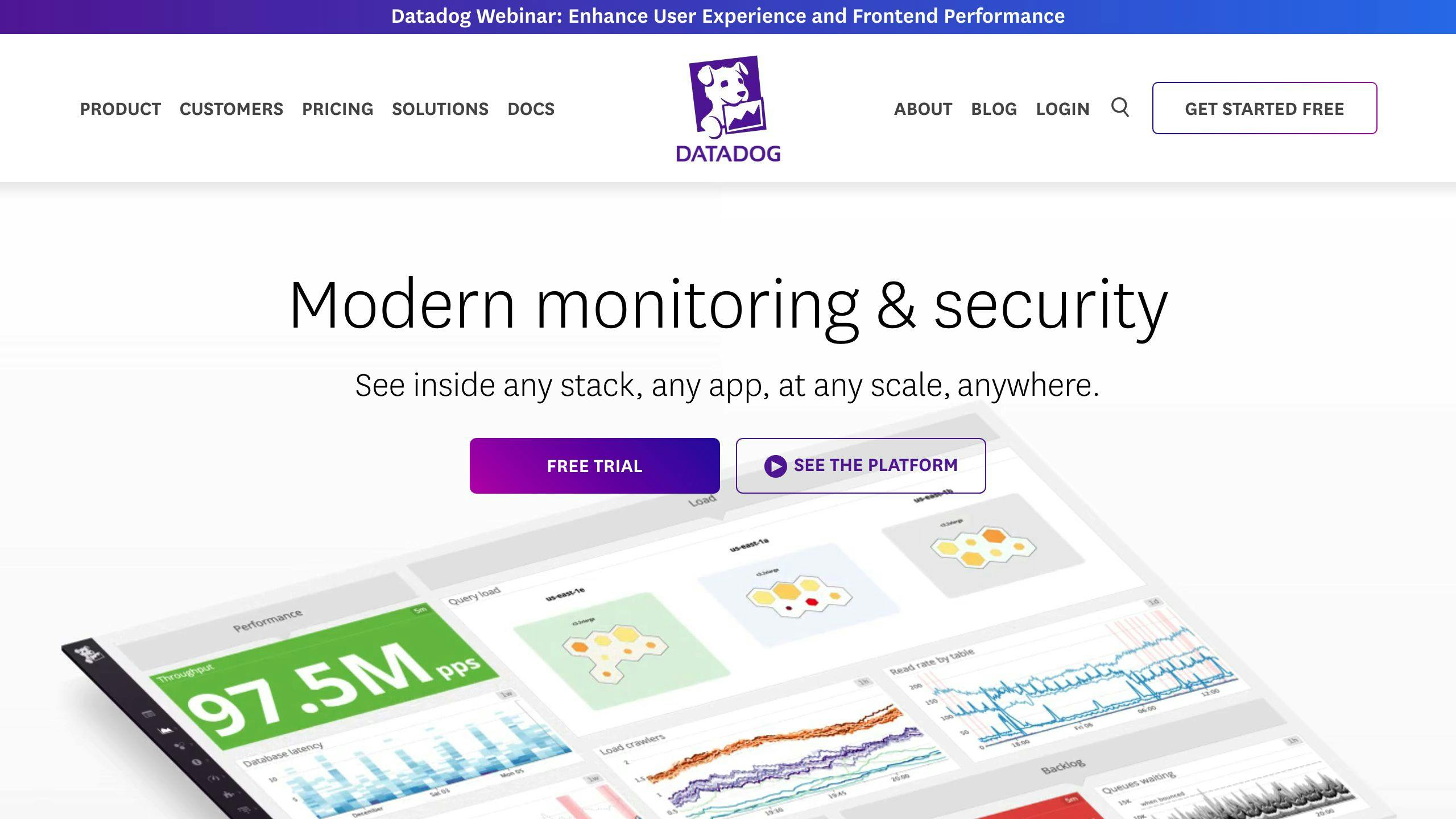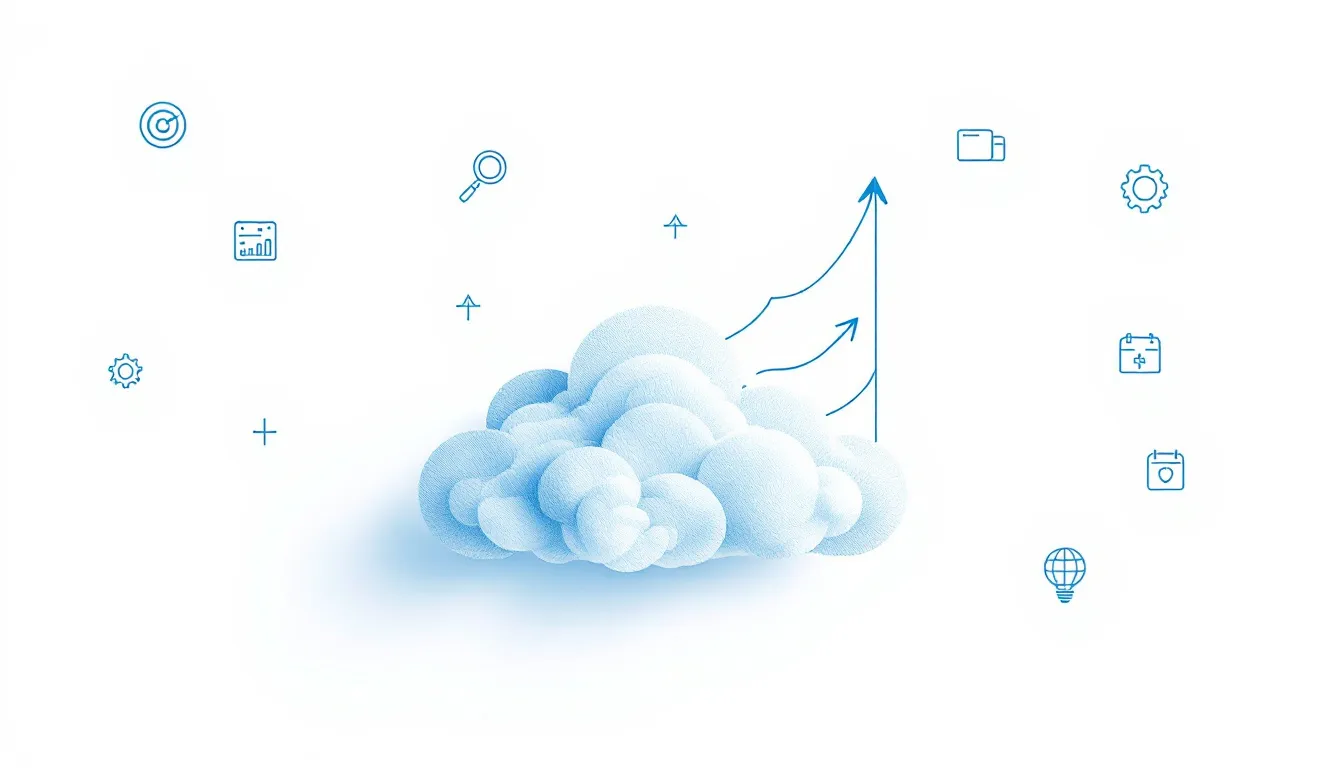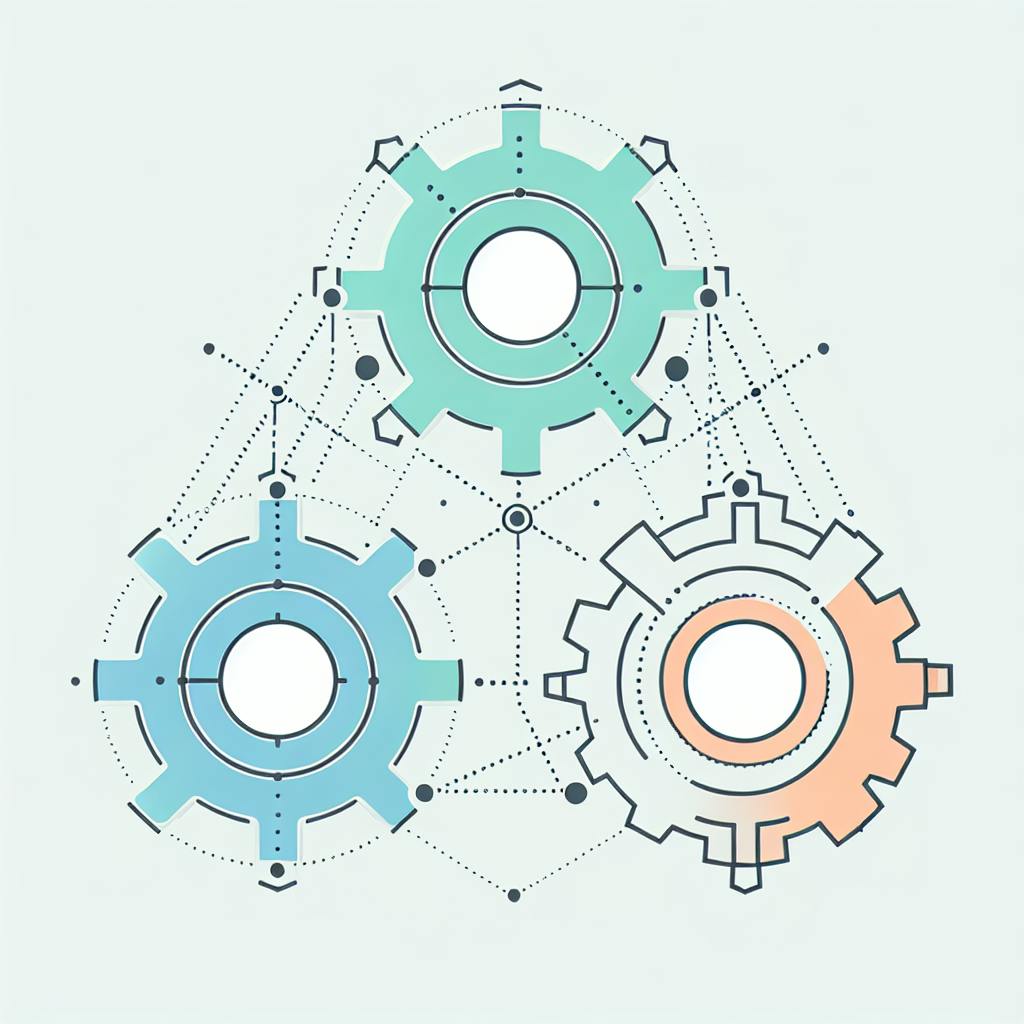Want to level up your observability game? Here's how to surpass Datadog:
- Use open-source tools like OpenTelemetry, Prometheus, and Jaeger
- Leverage AI for anomaly detection and predictive analytics
- Implement distributed tracing for microservices
- Improve log management with standardization and correlation
Benefits:
- Faster troubleshooting
- Better performance
- Enhanced user experience
- Data-driven decisions
Monitoring vs observability:
| Aspect | Monitoring | Observability |
|---|---|---|
| Focus | Predefined metrics | Holistic understanding |
| Approach | Reactive | Proactive |
| Problem-solving | Known issues | Unknown issues |
| Scalability | Limited | Handles complexity |
The observability market is booming - expected to hit $4.1B by 2028. To stay ahead:
- Explore AI-enhanced tools
- Consider open-source options
- Plan for bigger observability budgets
- Unify your observability data
Related video from YouTube
What is Advanced Observability?
Advanced observability goes beyond basic monitoring, offering deeper insights into complex IT systems. It's about gaining actionable intelligence from your data.
Main Parts of Observability
The three pillars:
1. Logs: Text records of events
- Understand the "what" and "why" of issues
- Provide a system behavior narrative
2. Metrics: Numerical performance measurements
- Address "how much" and "when"
- Quantify resource usage and health
3. Traces: Visual request flow representations
- Reveal "flow" and latency sources
- Track transactions across systems
Advanced observability also includes:
- Metadata
- User behavior analysis
- Topology mapping
- Code-level details
This comprehensive approach enables quick root cause analysis.
From Monitoring to Observability
| Aspect | Monitoring | Observability |
|---|---|---|
| Focus | Predefined metrics | Holistic understanding |
| Approach | Reactive | Proactive |
| Data sources | Limited | Diverse, unexpected |
| Problem-solving | Known issues | Unknown unknowns |
| Scalability | Struggles with complexity | Built for distribution |
Example: 2xConnect saw 60% less downtime after switching to end-to-end observability.
Advanced observability helps teams:
- Troubleshoot faster
- Boost performance
- Enhance user experience
- Make data-driven choices
Ways to Improve Observability
To surpass Datadog:
Using Open-Source Tools
- OpenTelemetry: Standardizes data collection
- Prometheus: Excels at metrics collection
- Jaeger: End-to-end tracing for distributed systems
Combine these for a robust stack.
"Open source resources often meet custom observability needs best." - Steven Zhang, Hippo Insurance
Using AI and Machine Learning
| AI/ML Capability | Benefit |
|---|---|
| Anomaly detection | Spots hidden patterns |
| Predictive analytics | Forecasts potential issues |
| Automated root cause analysis | Speeds up problem-solving |
"AI processes huge amounts of observability data at scale." - David Wynn, Edge Delta
Adding Distributed Tracing
- Tracks requests across services
- Visualizes full request journeys
- Identifies performance bottlenecks
Better Log Management
- Standardize formats
- Implement smart filtering
- Use log correlation
- Apply AI for analysis
Tips for Better Observability
Focus on:
Creating an Observability Culture
- Define clear goals
- Promote data literacy
- Encourage collaboration
- Implement feedback loops
Smart Data Collection and Storage
| Strategy | Description |
|---|---|
| Standardize formats | Use JSON or OpenTelemetry |
| Centralize management | Use Elasticsearch or Grafana |
| Set retention policies | Based on compliance needs |
| Filter data | Focus on critical metrics |
Better Alerts and Problem-Solving
- Configure critical event alerts
- Automate responses
- Create custom dashboards
- Implement root cause analysis
"Observability tools must proactively analyze systems beyond break/fix." - Liz Fong-Jones, OpenTelemetry
sbb-itb-9890dba
Advanced Observability Setup
Observability for Microservices
- Standardize data collection
- Implement distributed tracing
- Use a comprehensive stack
- Set up persistent storage
- Align SLOs with ownership
"Observability is critical for microservices." - Aviv Zohari
Observability Across Multiple Clouds
- Choose cloud-neutral tools
- Implement a unified platform
- Manage data efficiently
- Leverage AI and ML
- Consider cost management
What's Next for Observability
- AI-powered insights
- Open-source dominance
- Unified platforms
- Market growth to $4.1B by 2028
Challenges:
- Only 30% have full-stack observability
- 43% face weekly major outages
Focus on:
- AI-enhanced tools
- Open-source options
- Increased budgets
- Unified data
Conclusion
Mastering observability means embracing AI, open-source tools, and unified platforms while managing costs. The future is smarter, more open, and more unified.
"Tool fatigue is real. Teams want a complete observability platform." - Zach Michel, Middleware
FAQs
What are the pillars of observability Datadog?

- Metrics
- Traces
- Logs
"Observability requires insight into metrics, traces, and logs." - Sandro Lima, ChaosSearch
What is the difference between observability and monitoring?
| Aspect | Monitoring | Observability |
|---|---|---|
| Purpose | Alerts to issues | Detects root causes |
| Focus | What went wrong | Why it went wrong |
| Scope | Known issues | Unknown behaviors |
| Data | Limited metrics | Comprehensive data |
"Observability and monitoring tools work together for robust IT health insight." - Mike Marks, Riverbed


